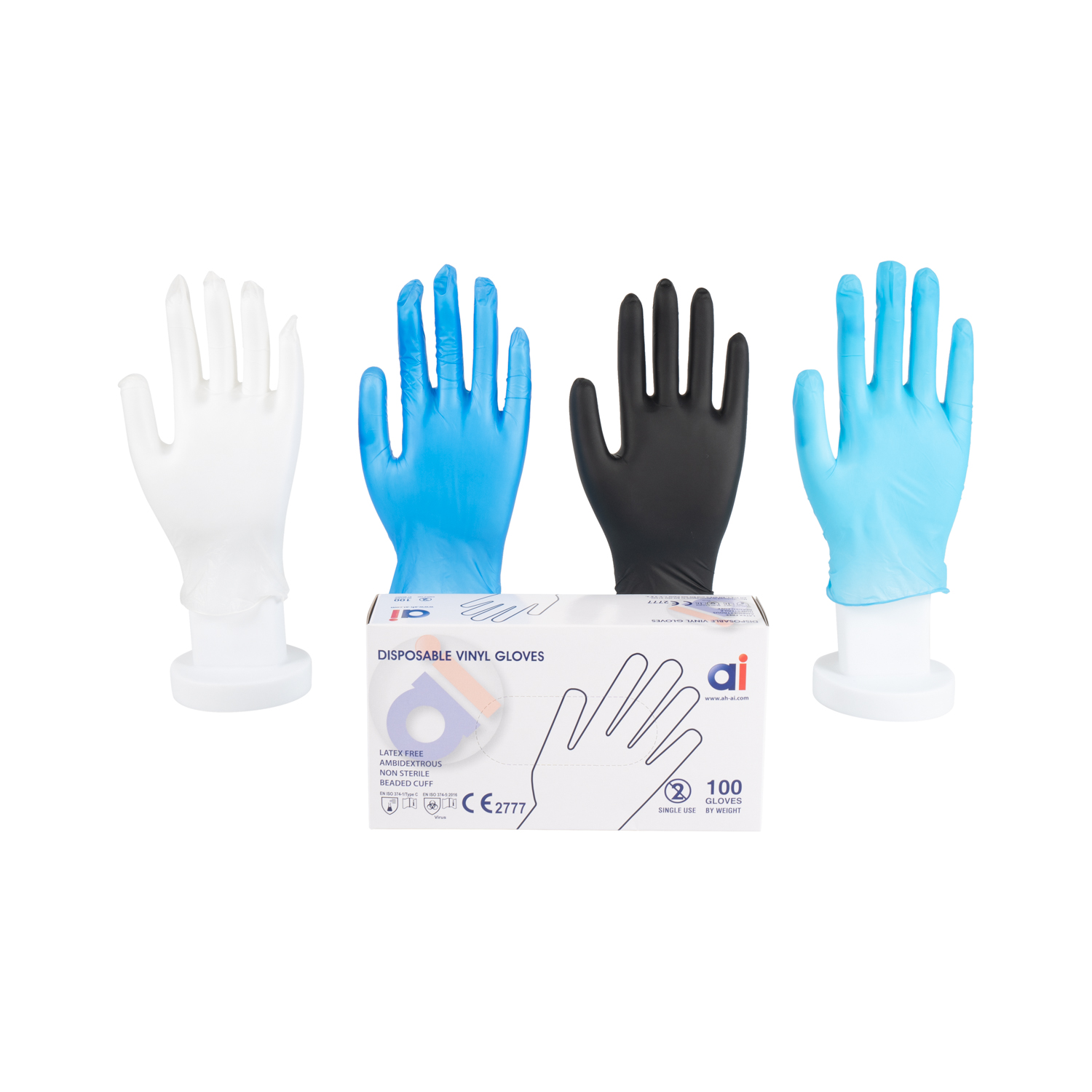
Depending on where you live, it’s almost the time of year for making and preserving salsas, hot sauces, and pickled hot peppers. These foods are all delicious but have the potential to cause heartburn and, more dangerously, burns to your hands. Before you start dicing batches of jalapenos, scotch bonnets, habaneros, or ghost peppers, take a moment to take out your supplies: cutting board, knives, bowls or containers to put the cut up peppers in, and a few pairs of disposable gloves.
Capsaicin is what makes hot peppers hot and spicy. Some people love the burn of spicy food when they’re eating it. However, repeatedly touching the membranes and oils from hot peppers can be painful and even dangerous. This isn’t likely the case if you’re cutting up one jalapeno or serrano for a meal, but you need to be careful if you’re handling even a few very hot peppers or are preparing lots of milder hot peppers, like jalapenos. Prevent hot pepper burns on your hands by wearing disposable gloves that have been approved for food contact.
Read more below for some tips on choosing the right food prep gloves for you.
FDA Approved for Food Contact
Look for disposable gloves that are approved by the FDA for food contact, and that are made of a material suitable for handling spicy ingredients. Nitrile gloves are a popular choice as they are resistant to oils and provide a good barrier against heat and spices. Make sure the gloves are labeled as approved for use with food contact to ensure they meet the necessary standards. All our industrial nitrile, vinyl, and latex gloves and hybrid gloves are safe for contact with food. We recommend nitrile gloves for a snug fit and resistance to the oils found in the pepper membranes.
Proper hygiene
Before putting on the gloves, thoroughly wash your hands to ensure they are clean. Wearing gloves is not a replacement for proper washing. Once the gloves are on, avoid touching anything other than the ingredients you are working with to prevent cross-contamination.
Comfort and fit
Ensure that the gloves fit properly and are comfortable to wear. Gloves that are too loose or too tight can impede your ability to handle ingredients and knives safely. Look for gloves that offer a snug fit without restricting movement.
Changing gloves
If you’re working with multiple ingredients or dishes, change your gloves between tasks to avoid transferring flavors or spices. This will also prevent potential allergens from spreading to different foods. (Check out how to properly remove disposable gloves here!)
Handling Spicy Ingredients
When working with spicy foods, gloves provide a barrier to protect your skin from the capsaicin present in peppers or other spicy ingredients. This can help prevent accidental contact with sensitive areas, such as your eyes or face, which can cause discomfort or irritation. Pro-tip: if you have long hair, tie it back before washing your hands and putting on your first pair of gloves. This helps eliminate the urge to push your hair out of your eyes with your capsaicin covered hands.
After you finish using the gloves, remove them carefully to avoid touching the outside surface with your bare hands. Dispose of them properly in a waste bin.
Conclusion
Remember, while gloves can provide a layer of protection for your skin, it’s still essential to practice proper food handling and hygiene techniques, such as washing utensils, surfaces, and cutting boards thoroughly after working with spicy ingredients. Shop the best options of FDA approved for food-contact nitrile gloves here.





发表回复